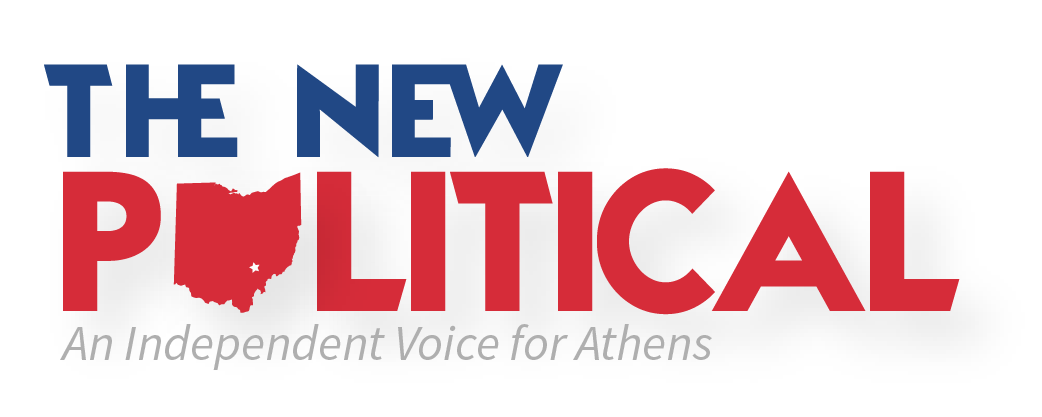Photography exhibit For Another Land highlights H-2A seasonal farmworkers
Photo via Hannah Clark
Photographer Milton Lindsay’s project For Another Land has been displayed by the School of Visual Communications across from Schoonover Center. The project is a series of images devoted to highlighting workers who are a part of the H-2A Seasonal Farmworker Visa Program, or farm workers from Mexico, who are granted a temporary visa to spend half of the year working on farms in the U.S. before returning to Mexico for the remaining months.
Lindsay took the majority of the photos at a farm in North Carolina that utilizes the H-2A program. The project consists of photos grouped in sets of four along each walkway, each set of four representing a day in the life of a worker. In the center of the display are photos Lindsay took in Mexico. For the next phase of the project, he plans to look closer at the lives these workers lead in Mexico.
“The workers have so much repetition and so much monotony in their lives that it’s the reality of their existence, so that was the theme I wanted to get across,” Lindsay said.
Roughly 300,000 workers are a part of this program. On average, workers spend 60-80 hours a week harvesting crops that are vital to the U.S. economy. In the winter months, the farmworkers return home to Mexico to spend time with their families.
Lindsay wanted to emphasize the sacrifices H-2A farmers make.
“A lot of times with other types of farm workers they're here with their families, but these men leave their families back in Mexico and sometimes spend as much as 10 months away from them,” Lindsay said.
He also wanted to highlight how vital these workers are. Although many do not realize it, H-2A workers make up a large portion of the agricultural workforce, especially in the southern U.S..
“Today, when people think of Latino agriculture workers, they generally assume that they're undocumented, or they don't see them as absolutely essential,” said Lindsay. “But with the H-2A program, they have legal status to be here, and this economy wouldn't really function without them.”
The population of H-2A farm workers across the country is vast, but over 26,000 are based in North Carolina where Lindsay took his photos. He first heard of the program from an Ohio University professor but was drawn to North Carolina after being hired by a nonprofit.
“I was going to do the program in Ohio, but then I got a connection in North Carolina and started to read about the program and how much bigger it was in there and it just seemed like a more interesting story,” Lindsay said.
The project was a part of a Master’s project by Lindsay when he was completing his MA in Photojournalism at Ohio U in 2024. Students in the program are encouraged to create a photo book for the project, but he decided to create a public exhibition.
“A public exhibition is such a powerful form of engagement and I'm really thrilled the way that this park exhibition came to light and then I feel like it shows the potential for outdoor exhibitions,” Lindsay said.
Lindsay spent two summers in North Carolina, starting the project in the summer of 2023. Lindsay was awarded a Student Enhancement Award by Ohio U, which helped fund the project.
“The professors giving me guidance and driving me to work harder just put me on a completely different track over the last couple of years, and I'm really happy with how the project turned out,” Lindsay said.
Since leaving Ohio U, Lindsay’s photography services are primarily located in Philadelphia. For more information, visit his website here.

